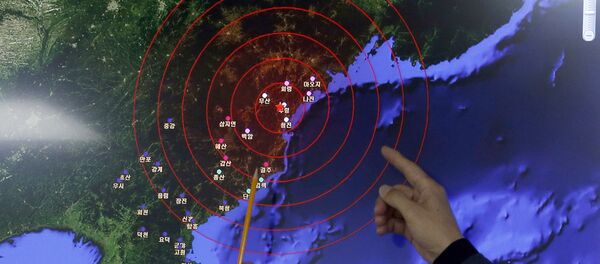What do we really need to know about Wednesday’s H-bomb test in North Korea?
A hydrogen bomb uses fusion where small atoms, such as hydrogen, are fused together resulting in a weapon that is hundreds of times more powerful than an atomic bomb.
In order to combine the small atoms and initiate a fusion reaction, such a bomb needs a large amount of energy. And that energy comes from an atomic bomb inside the hydrogen bomb.
So, basically, a hydrogen bomb causes two separate explosions.
In December 2015 North Korean leader Kim Jong-un said his country had built a hydrogen bomb which it would be ready to use to defend the country’s territorial integrity.
Most experts are skeptical about Pyongyang’s claim that Wednesday’s test was of a hydrogen bomb, but it will take a few more days to analyze air samples and study data about the nature of the 5.1-magnitude earthquake detected near North Korea's Punggye Ri nuclear site.
However, even a detailed analysis cannot say for sure whether the device Pyongyang tested on Wednesday was really a hydrogen bomb and not a regular, atomic one.
Wednesday’s blast of what Pyongyang called its “H-bomb of justice” was less powerful than the plutonium-based atomic bomb it detonated in 2013, raising doubts that North Korea has managed to build a massively more sophisticated and destructive weapon.
“The initial analysis is not consistent with the North Korean claims of a successful hydrogen bomb test,” said White House spokesman Josh Earnest.
In Moscow, nuclear expert Alexander Uvarov said that the relatively small power of Wednesday explosion – less than 6 kilotons – could have been the result of a failed hydrogen test.
He added that North Korea could have actually tested a regular atomic device as part of its ongoing effort to develop a full-fledged hydrogen bomb.




